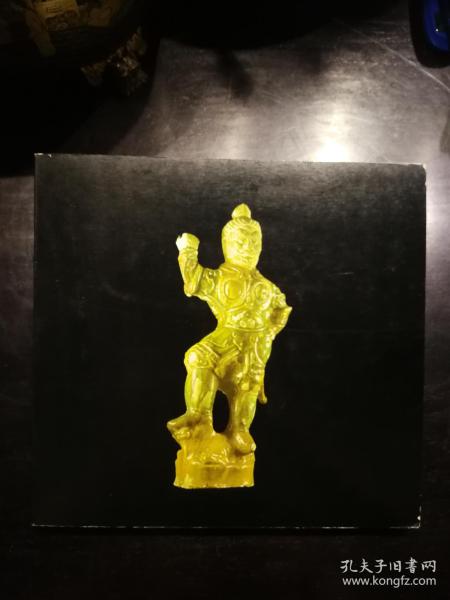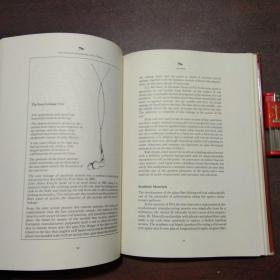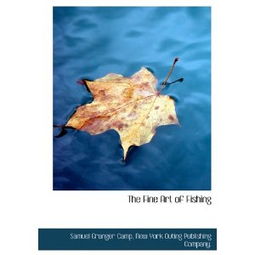The Ultimate Guide to挂钩 Dry Shrimp for Angling Success
Dry shrimp, with their unique texture and smell, have long been a favorite among anglers for their effectiveness in attracting fish.挂钩ing dry shrimp properly is an art form that requires precision and understanding of the fish's behavior. In this comprehensive guide, we will delve into the ins and outs of挂钩ing dry shrimp, offering expert tips and techniques to help you become a master angler.
Understanding Dry Shrimp
Dry shrimp, also known as "dressed shrimp," are dried and processed shrimp that are used as bait in fishing. They are favored for their strong scent and ability to mimic natural prey. When soaked in water, they plump up and become more attractive to fish. However,挂钩ing them correctly is key to maximizing their effectiveness.
Choosing the Right Dry Shrimp
Before you can挂钩 your dry shrimp, you need to choose the right one. Look for dry shrimp that are plump, with no signs of mold or discoloration. The color can vary, but typically, a bright red or pink color indicates a high-quality shrimp.
Preparing Your Hook
The first step in挂钩ing dry shrimp is to prepare your hook. Choose a hook that is suitable for the type of fish you are targeting. For most freshwater species, a size 6 to 10 hook is ideal. Ensure that your hook is sharp and well-gripped, as this will prevent the shrimp from sliding off during your cast.

The Basic挂钩ing Technique
Soak the Shrimp: Before挂钩ing, soak the shrimp in water for a few minutes to plump it up. This will make it more visible and attractive to fish.
Attach the Hook: Start by holding the shrimp by the tail and inserting the hook into the center of the shrimp, just behind the head. Push the hook through until it exits through the back of the shrimp, leaving a small portion of the shrimp's body attached to the hook.
Secure the Shrimp: Gently twist the shrimp around the hook to secure it in place. The shrimp should be positioned so that it is facing the direction of the retrieve.
Adjust the Length: Depending on the fish you are targeting, you may need to adjust the length of the shrimp on the hook. A longer shrimp may be more appealing to larger fish, while a shorter shrimp can be more effective for smaller species.
Advanced挂钩ing Techniques
Once you have mastered the basic technique, you can experiment with more advanced挂钩ing methods to increase your chances of success:
Split-Ring挂钩ing: This method involves using a split ring to secure the shrimp to the hook. It allows for a more natural presentation and can be particularly effective for wary fish.
Clouser Minnow Style: Similar to the split-ring method, this technique involves using a small, weighted hook and threading the shrimp through in a pattern that resembles a minnow.
Beaded Head挂钩ing: Attach a small, round bead to the hook and then thread the shrimp onto the hook so that it sits behind the bead. This can help to prevent the shrimp from twisting on the hook.
Fishing Techniques
Cast and Retrieve: The most common method for fishing with dry shrimp is to cast and retrieve. Use a steady, slow retrieve to mimic the natural movement of the shrimp.
Jigging: For deeper water or more active fish, try jigging the shrimp. This involves quickly lifting and dropping the rod tip to create a pulsating action that can trigger strikes.
Twitching: A subtle twitching motion can also be effective. Move the rod tip slightly up and down to make the shrimp look more natural.
Conclusion
挂钩ing dry shrimp for fishing is a skill that can take time to master, but with practice and the right techniques, you can become a proficient angler. By understanding the properties of dry shrimp, choosing the right equipment, and mastering various挂钩ing and fishing techniques, you will be well on your way to catching more fish. So grab your gear, practice your挂钩ing skills, and enjoy the thrill of the catch with dry shrimp. Happy fishing!












